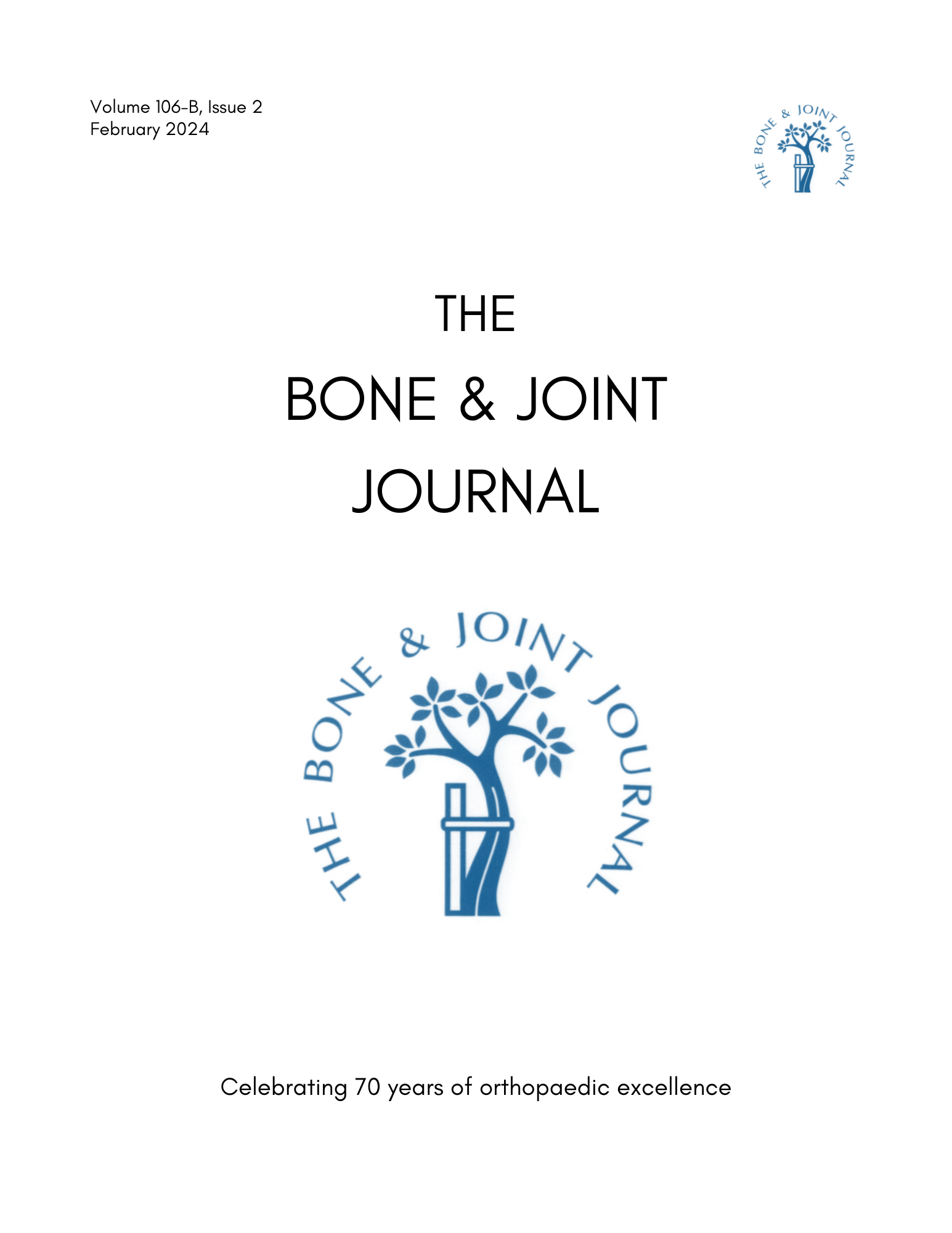
Metasul metal-on-metal THRs have high rate of revision and incidences of radiolucent lines

Metasul metal-on-metal THRs have high rate of revision and incidences of radiolucent lines
High rate of revision and a high incidence of radiolucent lines around Metasul metal-on-metal total hip replacements: Results from a randomised controlled trial of three bearings after seven years
Bone Joint J. 2013 Jul;95-B(7):881-6. doi: 10.1302/0301-620X.95B7.31067Synopsis
399 hips undergoing total hip replacement were randomized to receive either Metasul metal-on-metal (MoM), metal-on-conventional polyethylene (MoP), or ceramic-on-polyethylene (CoP) bearings using a cemented triple-tapered polished femoral component (MS-30). The study aimed to compare the three types of bearings in clinical and radiological outcomes. The results taken at 2,5,and 7 years revealed that MoM group had the lowest Harris Hips scores, higher rates of revision, and higher incidence of radiolucent lines in unrevised hips.
Was the allocation sequence adequately generated?
Was allocation adequately concealed?
Blinding Treatment Providers: Was knowledge of the allocated interventions adequately prevented?
Blinding Outcome Assessors: Was knowledge of the allocated interventions adequately prevented?
Blinding Patients: Was knowledge of the allocated interventions adequately prevented?
Was loss to follow-up (missing outcome data) infrequent?
Are reports of the study free of suggestion of selective outcome reporting?
Were outcomes objective, patient-important and assessed in a manner to limit bias (ie. duplicate assessors, Independent assessors)?
Was the sample size sufficiently large to assure a balance of prognosis and sufficiently large number of outcome events?
Was investigator expertise/experience with both treatment and control techniques likely the same (ie.were criteria for surgeon participation/expertise provided)?
Yes = 1
Uncertain = 0.5
Not Relevant = 0
No = 0
The Reporting Criteria Assessment evaluates the transparency with which authors report the methodological and trial characteristics of the trial within the publication. The assessment is divided into five categories which are presented below.
3/4
Randomization
2/4
Outcome Measurements
4/4
Inclusion / Exclusion
4/4
Therapy Description
3/4
Statistics
Detsky AS, Naylor CD, O'Rourke K, McGeer AJ, L'Abbé KA. J Clin Epidemiol. 1992;45:255-65
The Fragility Index is a tool that aids in the interpretation of significant findings, providing a measure of strength for a result. The Fragility Index represents the number of consecutive events that need to be added to a dichotomous outcome to make the finding no longer significant. A small number represents a weaker finding and a large number represents a stronger finding.
Why was this study needed now?
Metasul metal-on-metal (MoM) articulation has shown lower wear rates than metal-on-polyethylene (MoP) bearings in Total Hip Replacement (THR), especially when used in cementless fixation. However, some evidence has reported that cemented MoM articualtions using 28 mm bearing have high rates of radiolucent lines (RLLs) and aseptic loosening. Hence, this RCT aimed to compare cemented Metasul MOM bearing with MoP and ceramic-on-polyethylene (CoP) bearings.
What was the principal research question?
How do long term outcomes, such as incidences of radiolucent lines (RLLs), rate of revision, and clinical results, compare between cemented Metasul MoM, MoP, and ceramic-on-polyethylene (CoP) bearings used in total hip replacement?
What were the important findings?
- No difference was found in mean abduction angle (p=0.69) and HHS (p=0.104) at 7 years in 341 hips (86%) between the three bearing types.
- MoM hips had higher incidences of peri-acetabular radiolucent lines of greater and equal to 2mm (p<0.001),
- 12 revisions were performed, 8 in the MoM group, 3 in the MoP group and 1 in the CoP group. There was a significant difference in the number of revisions between the MoM and Mop/Cop groups (p<0.001).
- No aseptic loosening was seen in the MoP and CoP groups.
- 4infections occurred in the MoM group compared with 1 infection in the MoP group and 1 infection in the CoP group.
What should I remember most?
The trial indicated that at a 7 year follow up period, cemented metal-on-metal bearings resulted in higher incidence of radioluscent lines around the acetabular component than metal-on-polyethylene and ceramic-on-polyethylene bearings. The metal-on-metal bearing also required higher revision rates and had lower Harris Hip scores.
How will this affect the care of my patients?
The study suggests that patients with 28 mm Metasul metal-on-metal bearing should be followed with caution when compared to the other implants used. It is unclear how these results may be applied to other metal on metal implants. Continuing surveillance of the outcomes of differing implant designs and bearing surfaces is warranted.
Learn about our AI Driven
High Impact Search Feature
Our AI driven High Impact metric calculates the impact an article will have by considering both the publishing journal and the content of the article itself. Built using the latest advances in natural language processing, OE High Impact predicts an article’s future number of citations better than impact factor alone.
Continue



 LOGIN
LOGIN

Join the Conversation
Please Login or Join to leave comments.